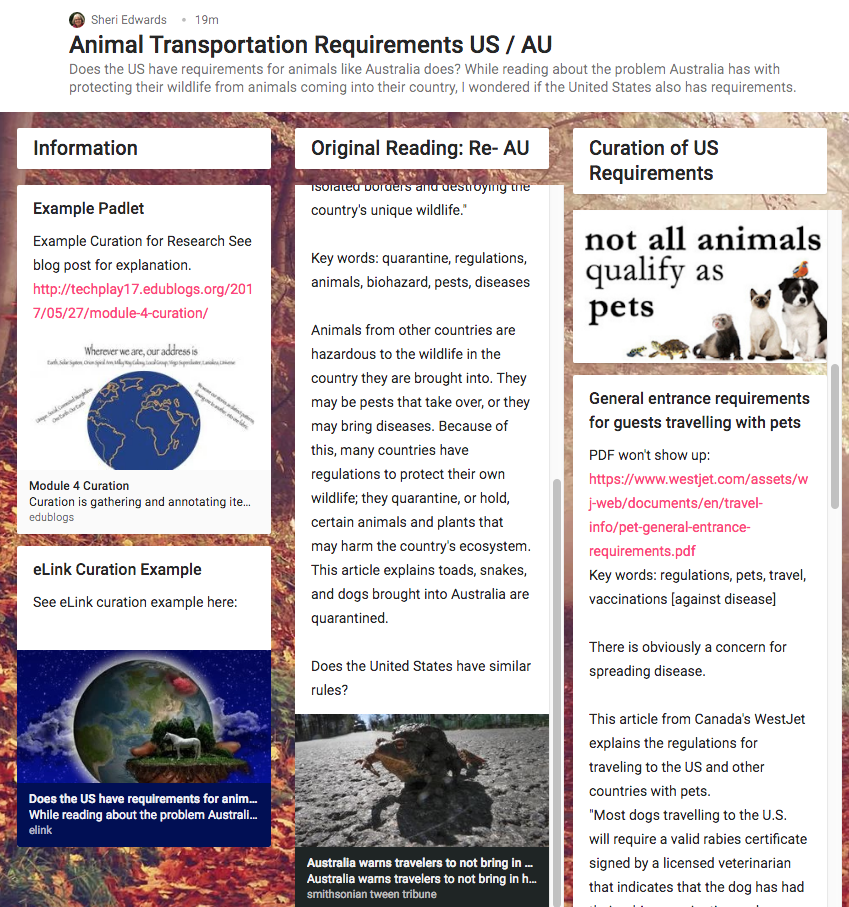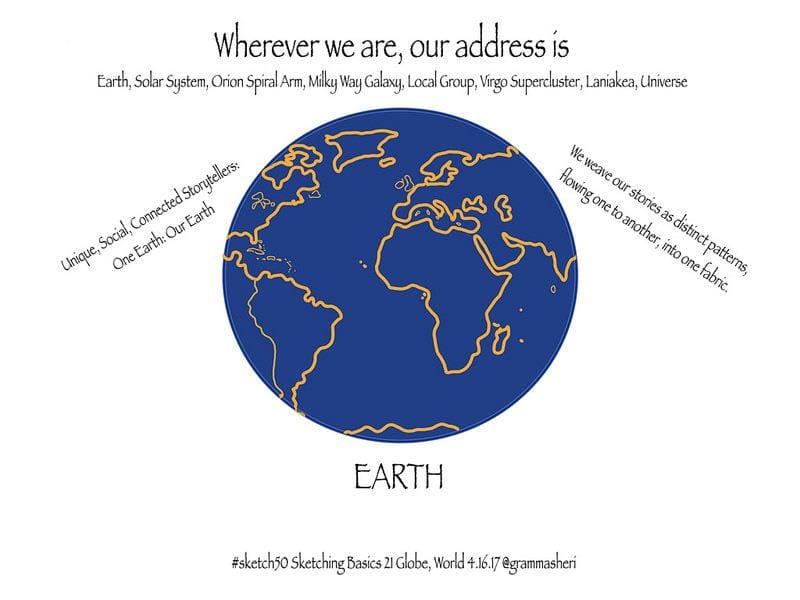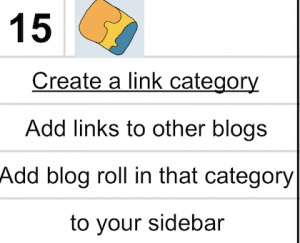A Curation Project
It’s A Small World
Curation is gathering and annotating items that relate to each other. It’s a great way to encourage students to find patterns and relationships among ideas, to know the big idea that is the umbrella over smaller subtopics that build the evidence of the big idea. It requires analysis of the information to break ideas apart, and a synthesis of the ideas by classifying the parts to fit categories.
This project asks students to read a world news article and then research to find a similar issue or event in the United States, or their own country. Students will need to analyze the ideas in the article to decide the key ideas, and use those ideas to determine key words for a web search to discover similar ideas in the United States. Students would need to evaluate their web search to determine relevant web sites that fit their topic. Their curation would explain their evaluation and include an appropriate image, the choosing of which is based on an analysis of the images’ fit with the topic.
The “It’s a Small World” Project
Curation: Small World or Download
Focus:
In the news of the world, we learn about what happens in other countries. Do similar events and news occur in our country?
Task:
Read an article of interest to you in Tween Tribune’s “World News” topic. Curate that article and three other articles that compare events or information in our country.
Curation Process:
1 Using Tween Tribune’s “World News” topic, read an article of interest to you from another country.
2 Determine the key ideas of the article and event you chose. Choose five or six words on that topic that you would probably use to write information on that topic.
3 Use the key words to search Sweet Search to locate at least three articles that discuss or explain a similar issue or similar information in our country. Use your Search Skills to evaluate and choose relevant websites.
4. Use the curation tool provided by your teacher to
a. Gather your original article from another country and the three related articles from our country.
b. Annotate each of the four articles to explain the key ideas and how they relate to the original article.
c. Choose an image that relates to the key ideas in the articles
This lesson gives students choice and voice, and provides practice in choosing main ideas and key words, and in evaluating relevant websites in their search results. After curating their work, they can write a blog reflection of what they learned about how small the world is, how we are connected in many ways.
Finally, students could extend the project in the final stage of curation by producing and sharing their synthesis of the issue in a presentation, podcast, or blog post, based on the evidence found and annotated in their research.
Extended Curation Use
Spend time letting the students share their work in small groups, explaining their learning and their choices in their search and in images and organization. By listening to others, students begin to develop a language to share on “curation.” After small groups, a whole class discussion of a few excellent examples can solidify that language and the strategies used, which can be built on in conferences and feedback with students during the year to extend the learning and improve student success.
Once students have practiced search and curation, ask them to teach the younger grades how to do so. Encourage curation as an option for presentation in projects.
As students progress during the year, students could curate their own work as a portfolio for student-led conferences. The curation would include a link to their work, a relevant image, and an explanation of their learning goals and results [learning, improvement, next steps]. Student curated portfolios could also be quick presentations to share in a blog post. By curating their own work, students would more easily understand the relevance of curation.
Small World Examples
Small World Padlet Example: Does the US have requirements for animals like Australia does?
Padlet works with Edmodo and Google Classroom, and it links easily to ThingLink and Google Apps {see Padlet Mini Chrome Extension too}
Here is the “It’s A Small World” curation screenshot:

Or, just set up a template in Google Slides for a research / curation project.
Another application is eLink, but it is for students 13+. Elink Example for Small World: Does the US have requirements for animals like Australia does?
I think curation should be a requirement in today’s social media world — so much is online, and annotating links with the ideas we are considering helps others understand our thinking.

What are your favorite lessons for teaching curation?
Further Resources:
- Presentation on Google Search based on Google Classes: Search: Did You Know?
- All images by Sheri Edwards
- World Image by Sheri Edwards Flickr CC3.0
- Other images are Screenshots
- This project began as part of Jennifer Gonzalez’s JumpStart: A Technology Course for Thoughtful Educators
This is a continuation of #blogging28 and my February Goals of which series curation19 is part.
I added a CLmooc link category and began gathering blogs of my colleagues there since our Google+ Hub will soon be no more. I added it to my sidebar.



